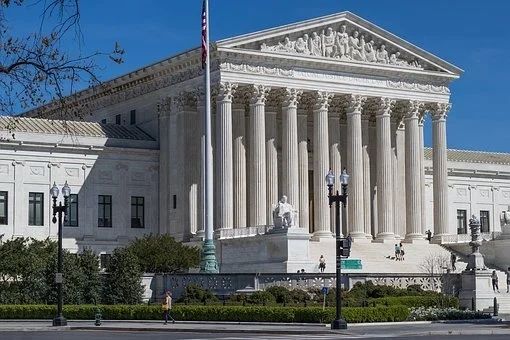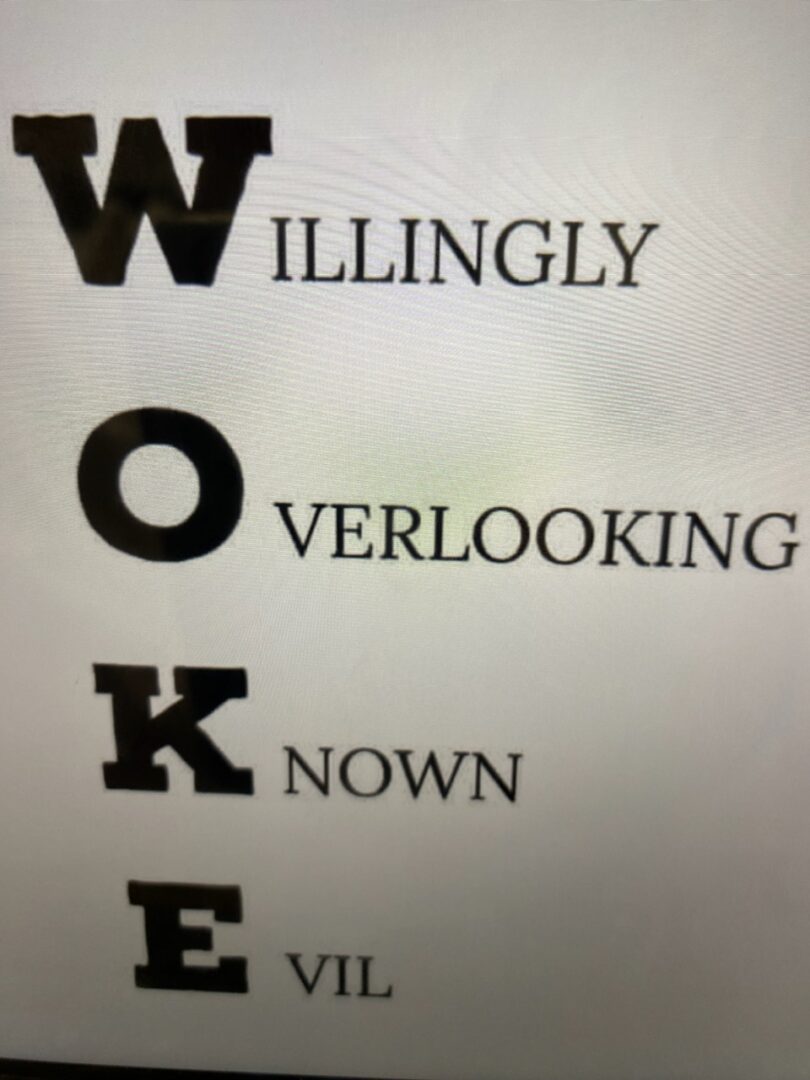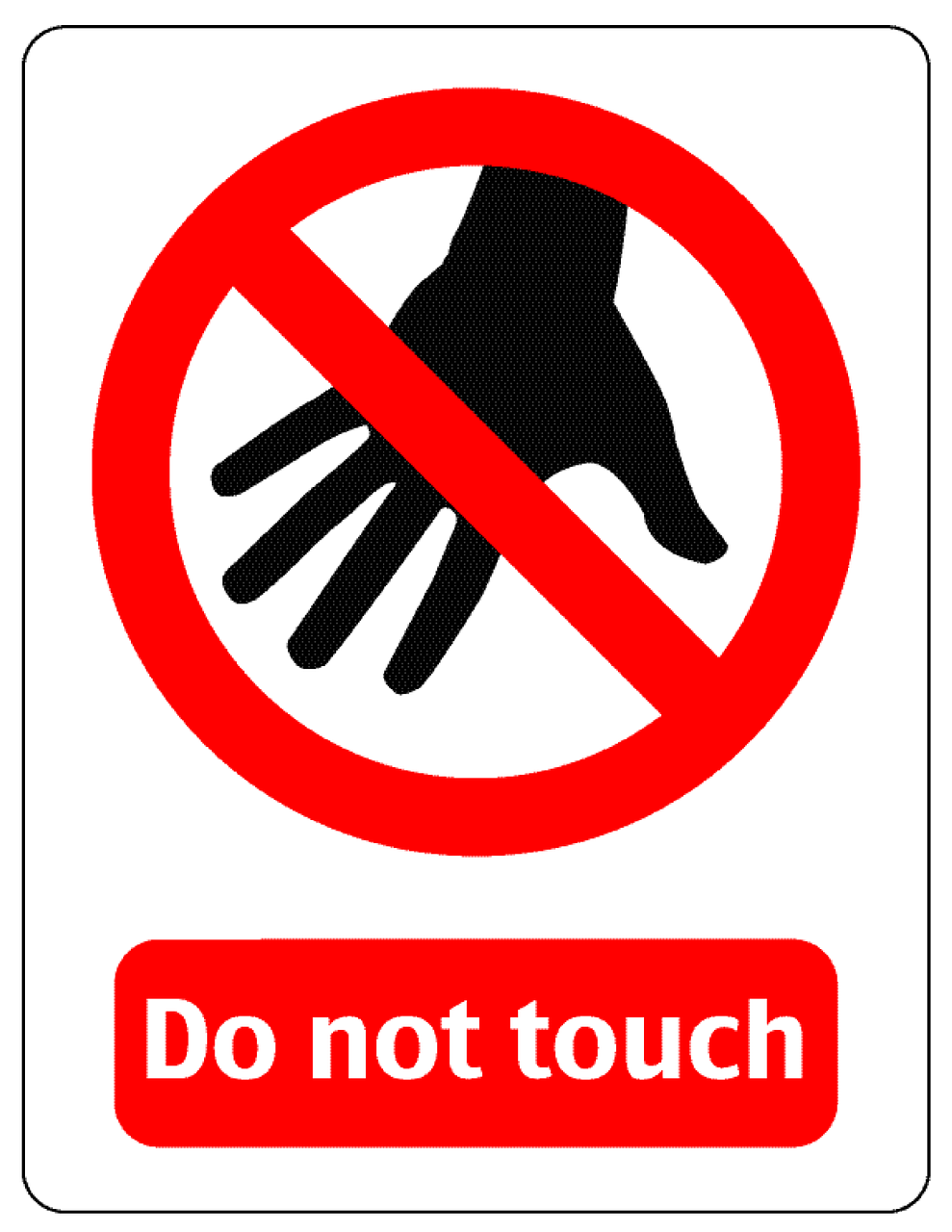- Loading stock data...
LA Detectives Seek Additional Victims of Sexual Assault Allegedly Perpetrated By Peter Abraham Shure
Los Angeles: The Los Angeles Police Department’s (LAPD) Juvenile Division Abused Child Section is seeking the public’s help to identify additional victims after arresting a 29-year-old man on suspicion of Sexual Assault.
On Thursday June 28, 2023, LAPD detectives arrested Peter Avraham Shure (a resident of the Westchester neighborhood in Los Angeles) for 261.5(A) PC – Unlawful sexual intercourse with a Minor Under 18-Years-Old (Booking No. 6631955), after receiving two separate reports of forced Sexual Assault of two female victims. The Suspect convinced the victims to go to his residence where he allegedly sexually assaulted them. Detectives believe there may be additional victims.
The investigation was presented to the Los Angeles District Attorney’s Office. Upon reviewing the cases, the District Attorney’s Office filed two counts against Peter Shure; Penal Code §261(A)(2) – Rape and (1) count of Penal Code §288(C)(1) – Lewd Acts Against a Child 14-years-old or Younger
Bail was set at $320,000.00 and as of July 3, 2023, Shure posted bail and was released from custody.
Detectives from Juvenile Division are releasing the suspect’s booking photo because they believe the suspect is responsible for additional, unreported sexual assaults and they are asking for anyone that was victimized by this suspect to immediately contact the LAPD. In addition, Detectives are seeking the public’s assistance for information regarding this crime.
Falafel Fried Chicken with Potato Latke Waffles
A Jewish recipe for chicken and waffles.
BY AKIVA GENGER

Chicken and waffles is a classic soul food dish that has its roots in the American South. It is thought to have originated in the 1930s at Wells Supper Club in Harlem, New York, where it was served as a late-night meal to hungry jazz musicians. The dish quickly gained popularity and became a staple of soul food cuisine. It is often served as a breakfast or brunch dish, but it can also be enjoyed for dinner. Today, chicken and waffles can be found on the menus of diners and restaurants all over the United States, and it has become a beloved comfort food for many people.
This unique twist on classic fried chicken and waffles combines the flavors of falafel with the crispy, savory goodness of fried chicken and the creamy, potato-y goodness of latkes. The result is a delicious and hearty meal that is perfect for any occasion. Whether you’re a fan of traditional Jewish cuisine or just looking for a new and exciting way to enjoy chicken and waffles, you’re sure to love this recipe. So grab your ingredients and let’s get cooking!
Prep time: 20
Cook time: 20
Serves: 4
INGREDIENTS
Fried Chicken
- 1 whole chicken cut into 1/8ths
- 1 cup coconut milk
- 1 cup pickle juice
- 1 teaspoon each cumin, coriander and cayenne
Falafel Breading
- 2 cups chickpea flour
- 1 ½ tablespoons salt
- ½ tablespoon cumin
- ½ tablespoon garlic powder
- ½ tablespoon turmeric
- ½ tablespoon paprika
- ½ tablespoon ground coriander
- ½ teaspoon cayenne
- 1 teaspoon baking powder
- 1 tablespoon fresh parsley, chopped
Frying
- Neutral oil for frying
Garnish
- Tahini
- Silan (date honey)
PREPARATION
Falafel Fried Chicken
- In a large ziploc bag or bowl, whisk together coconut milk with pickle juice, add chicken and let marinate for at least 30 minutes.
- Prepare breading in a large bowl combine chickpea flour, salt, cumin, garlic powder, turmeric, paprika, coriander, cayenne, baking powder and parsley.
- When ready to cook, pour the vegetable oil in a skillet until it is about 3/4 inch deep. Heat to 350℉.
- Working one at a time, remove chicken pieces from coconut milk mixture. Shake it gently to remove the excess. Place it in the breading mix and coat thoroughly. Tap off the excess.
- Place the breaded chicken into the hot oil. Fry 3 or 4 pieces at a time. The chicken will drop the temperature of the oil so keep it as close to 350℉ as possible. Fry each piece for 14 minutes, turning each piece about half way through, until the chicken reaches an internal temperature of 165℉.
- Remove from the oil and place on paper towels. Let them rest for at least 10 minutes before serving.
Potato Latke Waffles
Instead of simply pairing our chicken with waffles, we made potato latke waffles. Potato latkes are traditionally fried, but making them in the waffle iron creates a unique texture and lets us save our frying for the chicken.
INGREDIENTS
- 2 large or 4 medium (2 pounds) russet or baking potatoes, peeled
- 1 medium onion (about 6 – 8 ounces), peeled
- 2 teaspoons baking powder
- 1 ½ teaspoon salt
- Freshly ground black pepper
- ½ cup flour, potato starch or matzo meal
- 3 large eggs
- Nonstick spray, for waffle iron
PREPARATION
- In a food processor or on a box grater, coarsely shred the potato and onion onto a clean kitchen towel. Pull up the sides and squeeze the liquid out. Place dried potato mixture into a bowl.
- Add baking powder, salt, pepper, and flour and stir with a fork to evenly coat. Add eggs and mix well.
- Heat waffle iron to high heat. Coat lightly with cooking spray and spoon latke mixture over top evenly. Press top down and cook until nice and golden brown and fully formed.
- Remove to an oiled sheet pan and continue cooking until all waffles are ready. Place in oven to reheat and crisp up before serving with fried chicken.
Serve falafel chicken with waffles and drizzle over top 100% pure tahini and silan (date honey).
Republished with permission from Aish.com
Individuals Arrested in Cody Wyoming
July 3-4, 2023 ARREST:
07/03/23 Clayton Coleman, Cody, 76, Arrested for Warrant (Incident# 2307030047)
07/04/23 Ellie C. Jensen, Fruita, CO, 22, Arrested for DUI: Alcohol >0.08% 1st Offense within 10 Years;
Possess Controlled Sub – Plant – 3oz or Less; Tail Lamps Required (Incident# 2307040002)
07/04/23 Kyle J. Sager, Cody, 30, Arrested for Public Intoxication; Bond Violation (Incident# 2307040034)
07/04/23 Badger J. Martin, Billings, MT, 22, Arrested for DUI Alcohol = to >.08% within 2 Hours of Driving 1st Offense within 10 Years; Speeding in Excess of Posted Limit (Incident# 2307040091)
Supreme Court See’s Through Democrat, “Diversity Charade”

| Op-ed in National Review by Committee for Justice president Curt Levey, who also represented the plaintiffs in Grutter v. Bollinger: The “diversity rationale” that justified racial preferences in college admissions for almost half a century met its demise in the Supreme Court last Thursday. Its fate should surprise no one because it was always based on a lie. The Court was considering lawsuits by Students for Fair Admissions (SFFA) against Harvard College and the University of North Carolina, challenging the preferences — essentially lower admissions standards — given to black and Hispanic college applicants. The record indicates that their admissions systems were designed, in part, to ensure that there were not too many Asian students in each entering class. The defendant schools did not deny that they were treating applicants of different races differently. Instead, the central legal issue before the Court was whether seeking the purported educational benefits of a broadly diverse student body — the diversity rationale — should continue to serve as an exception to the Constitution’s and 1964 Civil Rights Act’s prohibition against racial discrimination. By a 6–3 vote, the Court said no. The diversity rationale, first endorsed by Justice Lewis Powell in his 1978 opinion in University of California v. Bakke, envisioned race being one of many factors weighed to achieve broad intellectual and experiential diversity. As the Supreme Court stated in its 2003 Grutter v. Bollinger decision, affirming the diversity rationale, schools must give “serious consideration to all the ways an applicant might contribute to a diverse educational environment.” Had that vision of broad-based diversity become the guiding force in college admissions, the diversity rationale would likely have survived. Instead, colleges chose to use the diversity rationale as cover for massive racial preferences in pursuit of one-dimensional racial diversity. Consider Harvard College’s challenged admissions system, which uses an index based on GPA and standardized test scores. A black applicant in the fourth-lowest decile of the index has a slightly higher chance of admission than an Asian American in the top decile. Clearly, Harvard uses race as far more than one of many diversity factors. As Justice Thomas pointed out in his concurrence, “Harvard’s ‘holistic’ admissions policy began in the 1920s when it was developed to exclude Jews.” Harvard, citing concern that the percentage of Jews in its student body — close to 30 percent — threatened its diversity, modified its reliance on entrance exams and created a new more “holistic” system. The percentage of Jews admitted was cut in half. The modern version of the diversity rationale is disturbingly similar. Always under the guise of achieving diversity, schools designated different racial and ethnic groups as favored or disfavored, depending on the racial fashions of the times. Ironically, Thomas noted, the current version of diversity “discriminat[es] against some of the very same ethnic groups against which Harvard previously discriminated.” The nation’s leading universities tell us that, this time, they really are using race to achieve the educational benefits of a broadly diverse student body. Yet they make no attempt to remedy, for example, the underrepresentation of conservative or fundamentalist Christian students typical at these schools. Moreover, their faculty-hiring policies, treatment of conservative speakers, and the like indicate anything but a pursuit of intellectual diversity. When university officials throw aside the charade of seeking broad-based diversity, they try to convince us of something narrower: the wonderful educational benefits of racial diversity. But they don’t even believe in that. If they did, educators would be debating whether historically black colleges deprive black students of the educational benefits of diversity. Similarly, they wouldn’t embrace segregation on their campuses. Thomas reminds us that “43% of colleges offered segregated housing to students of different races [and] 46% offered segregated orientation programs.” Few of those publicly defending the diversity rationale really believe in it. Former University of Michigan president Lee Bollinger, the defendant in Grutter, admitted that his vigorous defense of the diversity rationale had merely been a litigation strategy, rather than something he and his colleagues in higher education “really believed.” No wonder last Thursday’s ruling explicitly rejected universities’ plea, in the majority’s words, to “trust us.” In my countless conversations with proponents of affirmative action, they typically justify it as necessary to level the playing field and rarely mention the purported educational benefits. In fact, many of them find insulting the argument that preferences for blacks and Hispanics are important because they enhance the education of other, mostly white, students. So we are left asking how a rationale that almost no one believes in came to be the legal justification for race-based admissions for nearly half a century. One reason is that Supreme Court precedent makes it clear that while an entity can use racial preferences to remedy its own discrimination, it can’t do so to remedy society’s allegedly uneven playing field or to achieve racial proportionality. But who can object to seeking broad-based diversity for the educational benefit of all? That’s undoubtedly why Justice Powell adopted the diversity rationale and why the higher-education community quickly latched onto it. The diversity rationale is also appealing to educators because it allows them to admit mostly affluent and upper-middle-class minorities, who are better prepared for college and have less need for financial aid. After all, even well-to-do minorities contribute to diversity. Admitting affluent minorities is harder to justify if the goal of race-based admissions is remedying the legacy of racial oppression. University officials obsessed with race are already mourning the loss of the diversity rationale and likely plotting ways to circumvent last Thursday’s decision. Instead, schools should focus on the fact that the Court’s decision leaves schools free to — and, in fact, more likely to — seek students with a genuine diversity of viewpoints and experiences. What’s clear is that the power of schools to shape their student body in accord with the racial fashions of the day — whether at the expense of Jews a century ago or Asian Americans now — has come to an end. The dishonest and sordid nature of the diversity rationale has finally caught up with it |
American Exceptionalism
By:MarcKelley The story which follows, is that of the American Dream, and how using the belief in American Exceptionalism, not only led to the founding of our country, it has seen us through some very dark and desperate times. Believing in American Exceptionalism, does not, in and of itself, make anyone a racist, a xenophobe or an isolationist…It makes you a proud American, proud of our country, and proud of our abilities to rise to the occasion, repent for our shortcomings and then emerge as stronger and more united people. |
| The ideology of American Exceptionalism, has its foundation rooted in the belief The United States was intentionally created to be fundamentally different than any other nation on earth. In the furtherance of this belief we fought the Revolutionary War demanding: freedom of speech and religion. We fought to defend the ideals of liberty and equality, of individual responsibility, and national sovereignty. We fought against tyranny and the heavy hand of the political class and embraced the belief in representative democracy and a free market economy. Historians, having long studied the birth of our nation argue, it is our belief in liberty, equality, constitutionalism, and the well being of ordinary people which give credence to the idea, Americans are special people, with a special destiny to lead the world toward liberty and democracy. |
| Countless examples of American Exceptionalism can be found throughout history, if one will only look. It is here where we find another example of the tactics used by the modern day Marxist’s in their fight to destroy patriotism and diminish pride in America. For decades part of our children’s core education required an understanding of civics, which teaches the rights and duties of citizenship. Sadly, it is our children who have become the targets for indoctrination over education. It is not a difficult concept to understand why so many young people are not patriotic when they have been taught nothing of what it means to be an American or of the sacrifices made for them to preserve America. As is always the case with promotion of propaganda, it is much easier to be taught to hate when you have no first hand knowledge about the subject of that hatred. In 1863, as the U.S. Civil War raged on, President Abraham Lincoln, spoke passionately on the concept of American Exceptionalism, in his Gettysburg address. Lincoln’s historic words ring as true today as they did 160 years ago, when he said, Americans have a duty to ensure “government of the people, by the people, and for the people, shall not perish from the earth.” This concept holds firmly to the belief, it is the knowledge of America’s history itself, which gives us our advantage over other nations of the world. |
| It should not be easily forgotten, who and what, lies behind the capitalism of the corporations and companies of America. America is powered by the blue collar, middle class American worker. Our free market economy is driven by American consumers who believe in the concept, from those who much is given, much is expected in return. America is infused with the indomitable spirit of our people; and Americans have always responded to the words spoken by JFK, when he said, “ask not what your country can do for you- ask what you can do for your country.” Using the knowledge gained and the technology developed from our victory of Nazi Germany, America sent men to the moon and returned them safely back to earth, then shared what we learned with the world. Harnessing the ideals of American Exceptionalism, JFK implored our people to do this,”not because it is easy, but because it is hard… to accept the challenge, we intend to win.” |
| As we gather our friends and family for the 4th of July celebration, take just a few minutes to think about why we celebrated the 4th. Think about the brave men and women who will not be with their families because they are standing watch, keeping us safe, and defending our freedoms. Think about the countless men and women who came before us, and never made it back home to their families, and raise a glass in remembrance of their sacrifice’s. When the honors have been paid, celebrate the fact, you live in the greatest country in the world not in spite of; but rather, because of…American Exceptionalism. |










 David with his wife Golda in the early 1920s
David with his wife Golda in the early 1920s David’s three daughters. My grandmother Zelda is standing on the right.
David’s three daughters. My grandmother Zelda is standing on the right.